Without any other argument, this turtle is one of the few species of Giant Galapagos tortoises and the rarest animal in the world since there is only one left alive. Lonesome George is the sole surviving member of the Pinta Island race, the giant tortoise being a symbol for the fragility of the Galapagos islands, and a constant reminder for vigilence and conservation of the species. The species was considered extinct until 1971, when a lone example was located by rangers. Since then, the Charles Darwin Research Station has been searching for a female tortoise, even posting a reward of $10,000 to those that find one. So, what do you say? want to help them?
3. The Vancouver Island Marmotdiv id="attachment_5243" style="width: 810px" class="wp-caption alignnone">
rare animals – The Vancouver Island Marmot
The next rarest animal on the list the Vancouver Island Marmot. This marmot is found only in the high mountainous regions of Vancouver Island, in British Columbia, the Canadian Species at Risk Act listing it as endangered in May 2000. In 1998, the population reached an all-time low of 75 individuals, a captive breeding programme being started during that time. In captivity, there are around 90 Vancouver Island marmots in four breeding facilities, while an estimated 30 members of this species live in the wild ibn 2004. The ultimate goal is to restore a sustainable population of 400-600 Vancouver Island marmots in the wild, so there is still much to be done. 2005 was a successful year, with 150 individuals in captivity and over 44 pups born.
4. Northern Hairy-nosed Wombatdiv id="attachment_5244" style="width: 810px" class="wp-caption alignnone">
rare animals – Northern Hairy-nosed Wombat
In the 19th century this species of wombat was present in New South Wales and Victoria but now can only be found in a small national park near Epping Forest Station in tropical Queensland. While this area has been protected as a National Park, the native grasses that the wombat eats are overtaken by non-indigenous plants. The Northern hairy-nosed wombat is the rarest Australian marsupial, and probably the world’s rarest large mammal. In the latest population study, there are an estimated 113 (range 96 to 150) individual. A major recovery program is underway, funded by the Queensland and Commonwealth governments.
5. Iberian Lynx
v id="attachment_5245" style="width: 810px" class="wp-caption alignnone">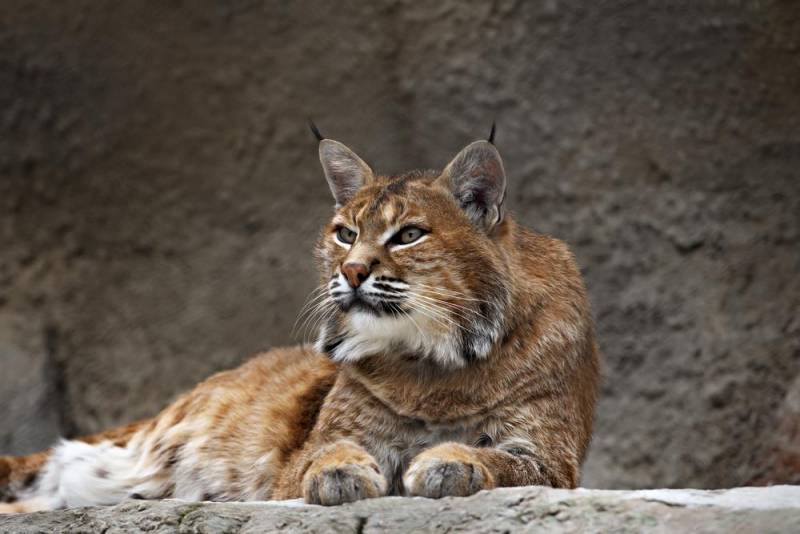
rare animals – Iberian Lynx
The next animal is the Iberian Lynx. This lynx was once distributed over the entire Iberian Peninsula but now its area is severely restricted in Andalusia. Threatened by destruction of habitat and of its prey, the cat was killed by traps set for rabbits or hit by cars as the number of roads increase. The Spanish Government is now in the process of developing a national conservation effort to save the Iberian Lynx. Studies from March 2005 have estimated the number of Lynx to be as few as 100, down from about 400 in 2000. On March 29, 2005, the birth of 3 cubs, the first born in captivity, was announced, a hope for the future reintroduction of the species.
6. Tamaraw (Dwarf Water Buffalo)
v id="attachment_5246" style="width: 810px" class="wp-caption alignnone">
rare animals – Tamaraw (Dwarf Water Buffalo)
Found in the the island of Mindoro in the Philippines, the tamaraw is the onlyDwarf Water Buffalo endemic Phillipine bovine. In 1900 there were an estimated 10,000 tamaraw on Mindoro, 120 in 1975, 370 in 1987 . It was declared critically endangered species in 2000 by the World Conservation Union and remained so until today, being threatened by agriculture, hunting or disease brought by domestic species. The current population was estimated in 2002 at a number between 30 and 200 individuals. Although protected by law, the illegal capture and killing of this species continues to occur.
7. The Red Crested Tree Rat
v id="attachment_5247" style="width: 810px" class="wp-caption alignnone">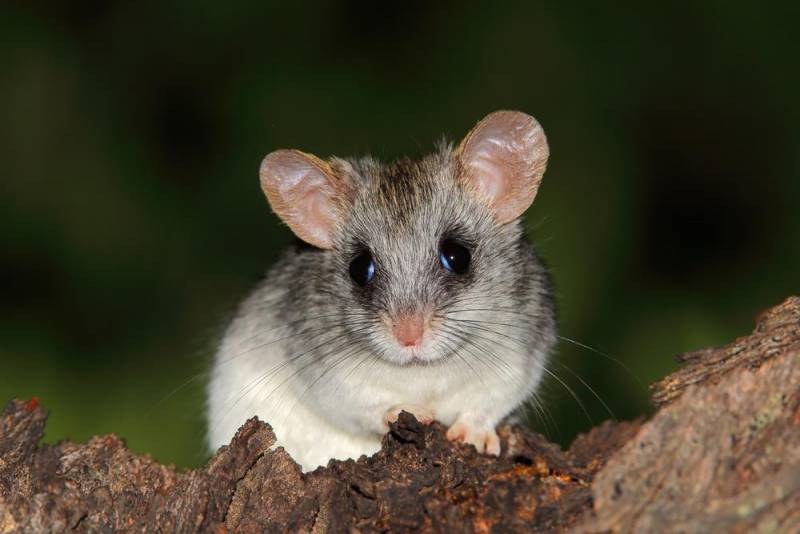
rare animals – The Red Crested Tree Rat
The red-crested tree rat lives in the forests of Colombia. It was thought to be extinct for many years until volunteers at the El Dorado Nature Reserve were visited by the creature in 2011. The last recorded sighting was in 1898, when two of the critters were found and studied, and were the subsequent source of all information about the rat.
8. Roloway Monkey
v id="attachment_5248" style="width: 810px" class="wp-caption alignnone">
rare animals – Roloway Monkey
The roloway monkey used to live in the forests of Ghana and Côte d’Ivoire, but it has become extinct in Ghana. Hunting for consumption as bushmeat and habitat loss has contributed to the drastic decline in the creature’s population.
9. Sp9. Spoon-billed Sandpiper
"attachment_5249" style="width: 810px" class="wp-caption alignnone">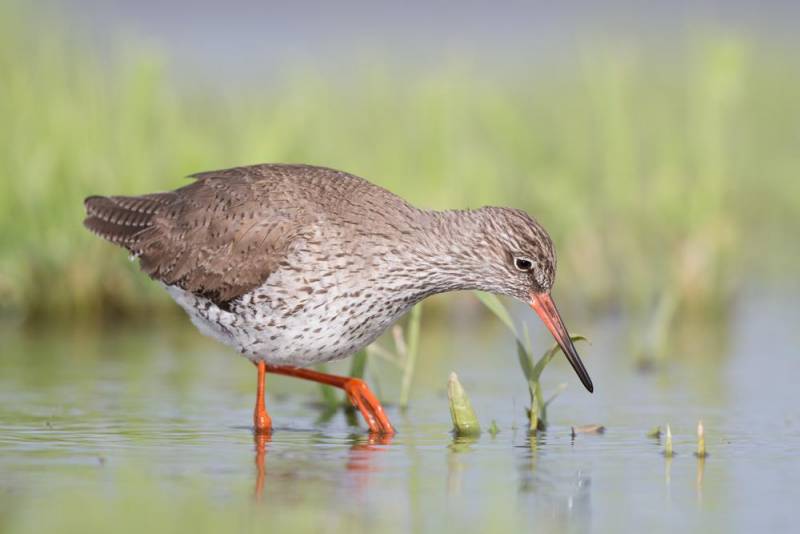
rare animals – Spoon-billed Sandpiper
The spoon-billed sandpiper is a small wader that breeds in northeastern Russia. There are fewer than 1,000 mature individuals left in the wild. The main threats to its survival are habitat loss on its breeding grounds and loss of tidal flats through its migratory and wintering range.
10. A10. Araripe Manakin
"attachment_5250" style="width: 810px" class="wp-caption alignnone">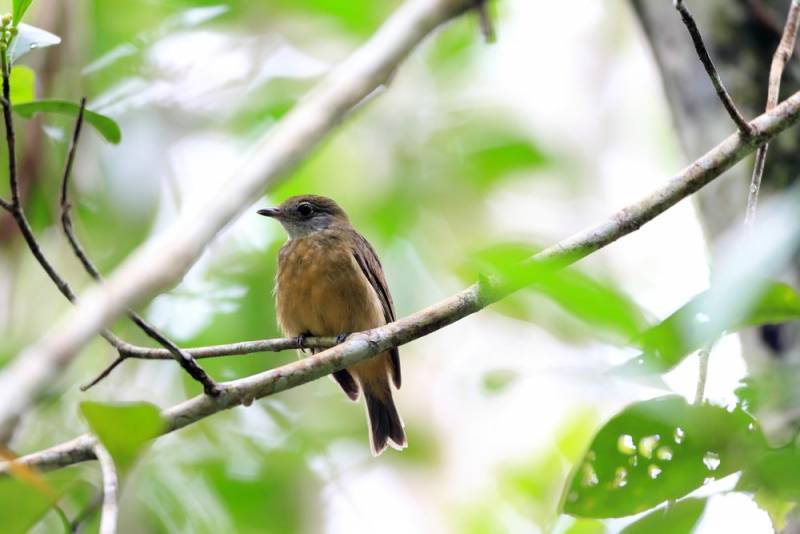
rare animals – Araripe Manakin
There are 779 Araripe Manakins that live in Brazil. They have suffered from habitat destruction due to expansion of agriculture and recreational facilities.
11. B11. Bamboo Lemur
"attachment_5251" style="width: 810px" class="wp-caption alignnone">
rare animals – Bamboo Lemur
There are only 100–160 individuals left in the southeastern and southcentral rainforests of Madagascar. The major threat to this animal is slash-and-burn agriculture, mining, and illegal logging. This creature has powerful jaws that can crack through bamboo, which makes up the majority of its diet.
12. Dus12. Dusky Gopher Frog
ttachment_7139" style="width: 810px" class="wp-caption alignnone">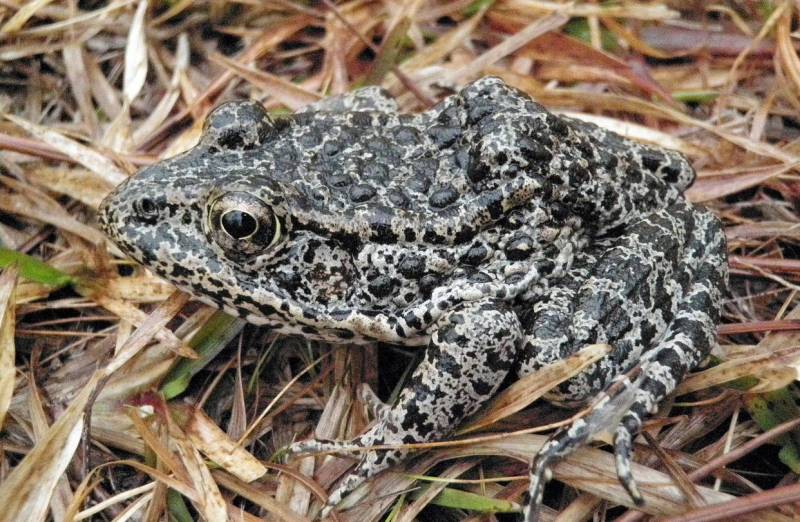
rare animals – Dusky Gopher Frog – images : wsj.com
The entire population is estimated to be between 60–100 individuals living in two ponds in Mississippi. Unfortunately, the dusky gopher frog population has declined because of loss of wetlands and native longleaf pine habitat, the decline of gopher tortoises, invasive species, disease, drought conditions, and lack of natural and prescribed fire.












Leave a Reply